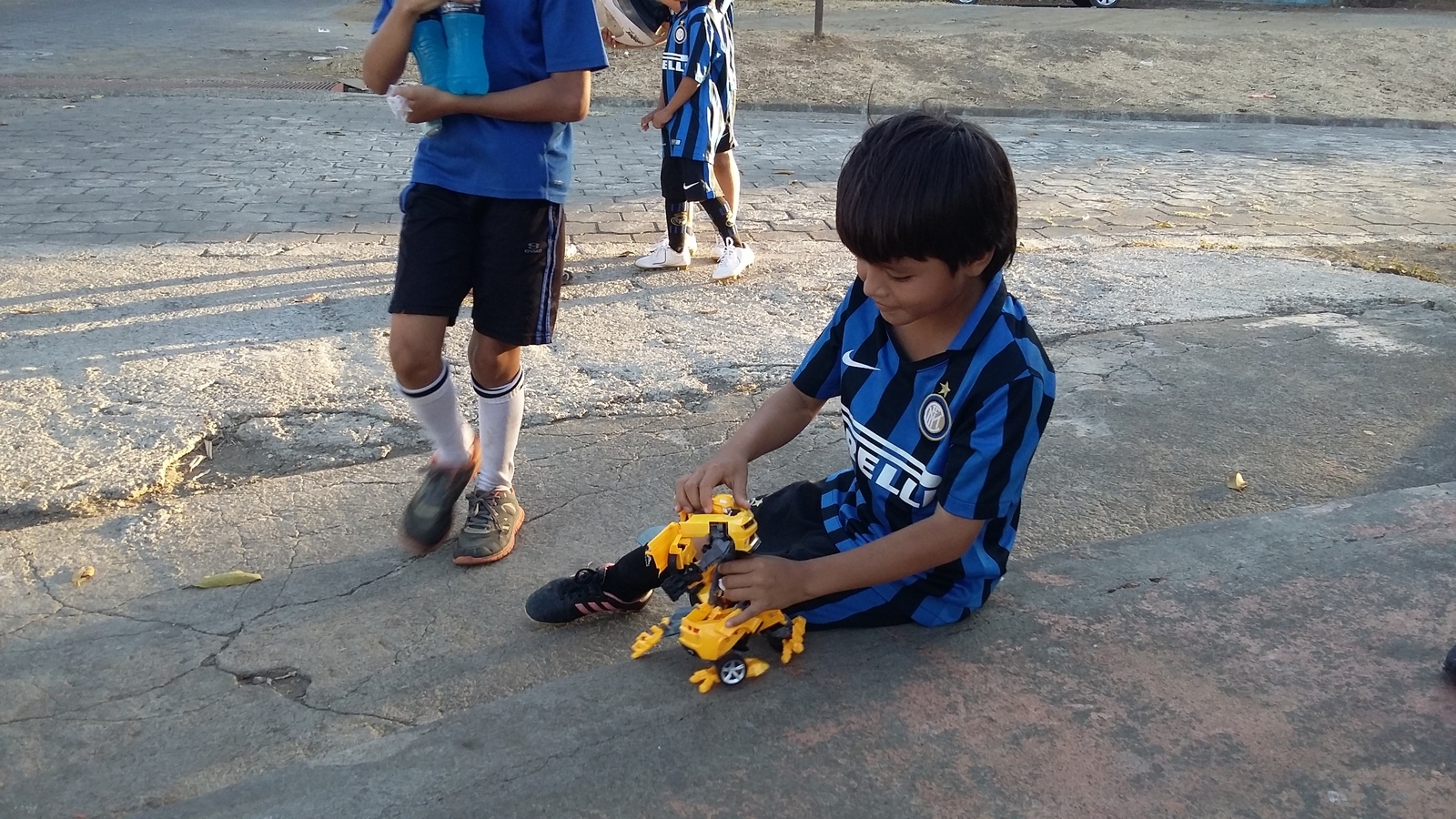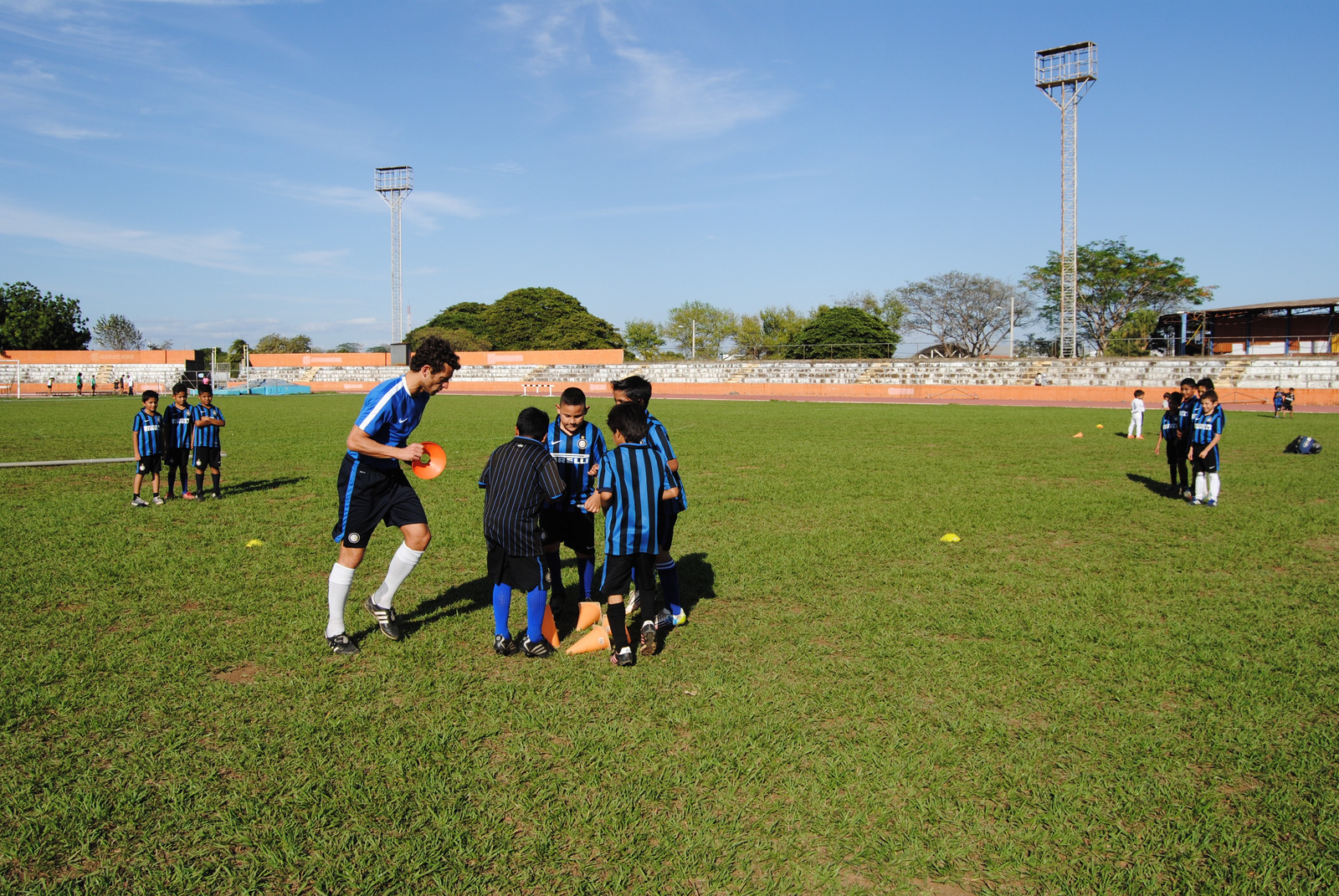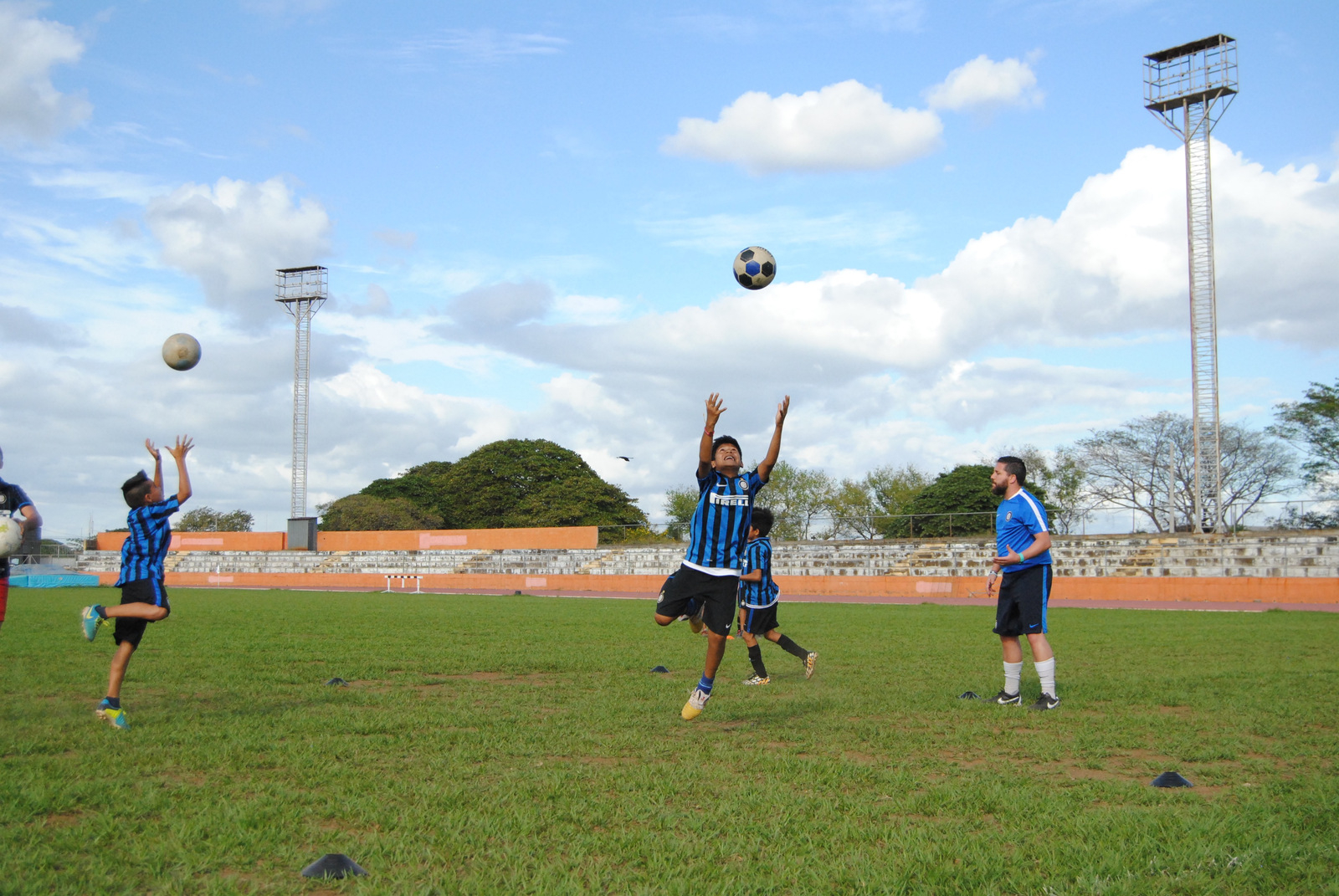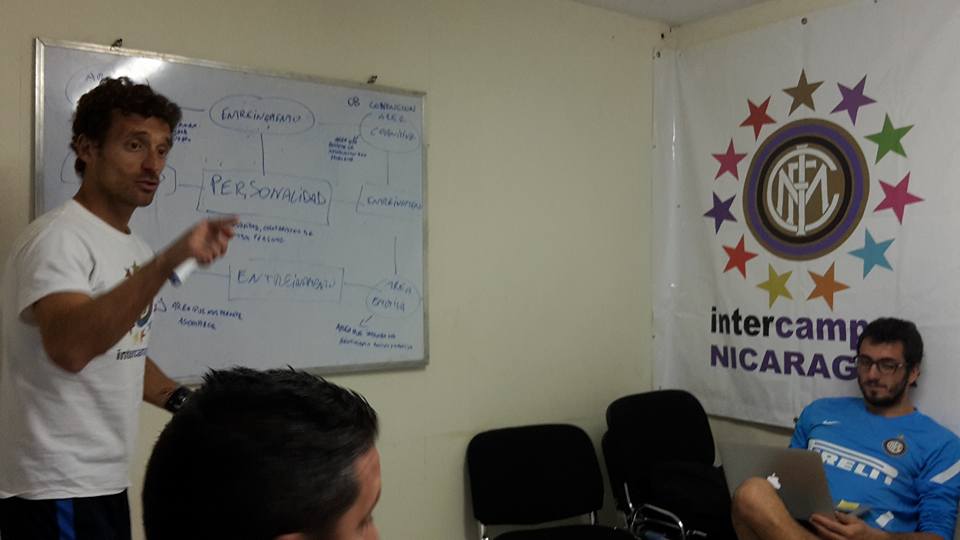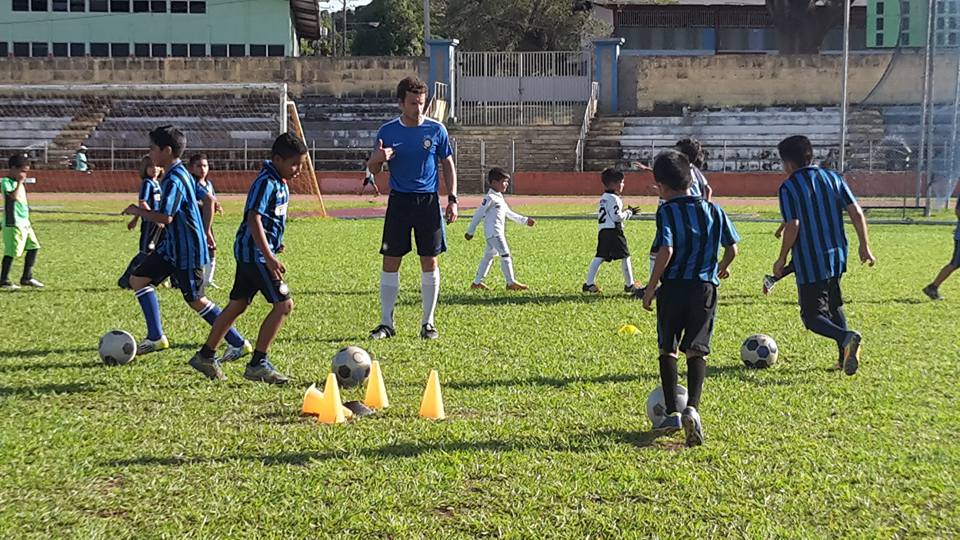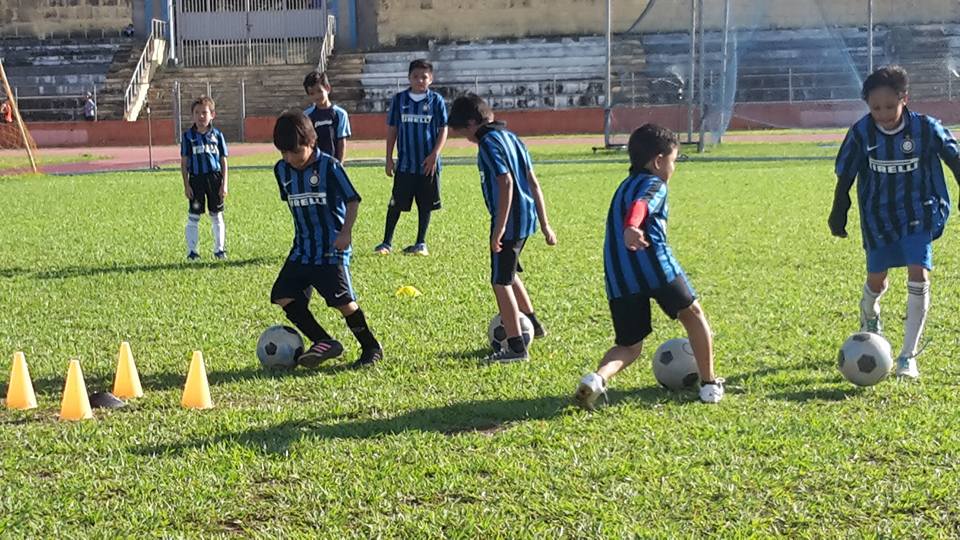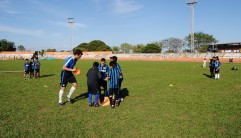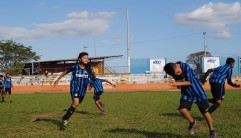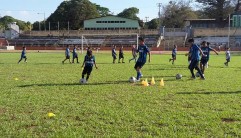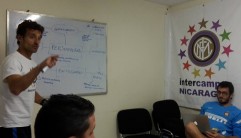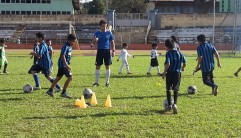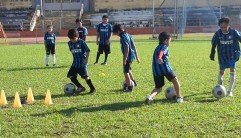MANAGUA – We can’t claim there was a shortage of kit. We had a full-size pitch divided into four teams and nearly one ball per three kids, three different coloured sets of bibs, cones and even a speed ladder! Basically, we didn’t run into any major difficulties on the pitch.
The challenge in this instance was the language. Not with the kids. We could get by with a mixture of Italian and Spanish. A quick demo, body language and you always managed to get your point across.
It was trickier with the coaches, however, especially when it came to complex theoretical content like basic motor skills and their link with coordination and therefore technique. We work in 29 countries and we roughly speak that many languages (along with a few dialects) but we always want to be sure that we’re as effective as possible and can communicate with one another.
That’s why in the classroom we pull out a common language, a sort of footballing Esperanto. It allows to go into detail on complex subjects in our own mother tongue, whilst communicating clearly with our coaches. We want to be sure that they are aware of their responsibilities on the pitch when working with kids and of the power of football as a means of education and progress. And they are.
04.04.2016




![[The universal language of football]](https://intercampus.inter.it/wp-content/uploads/2016/04/DSC_0662.jpg)
